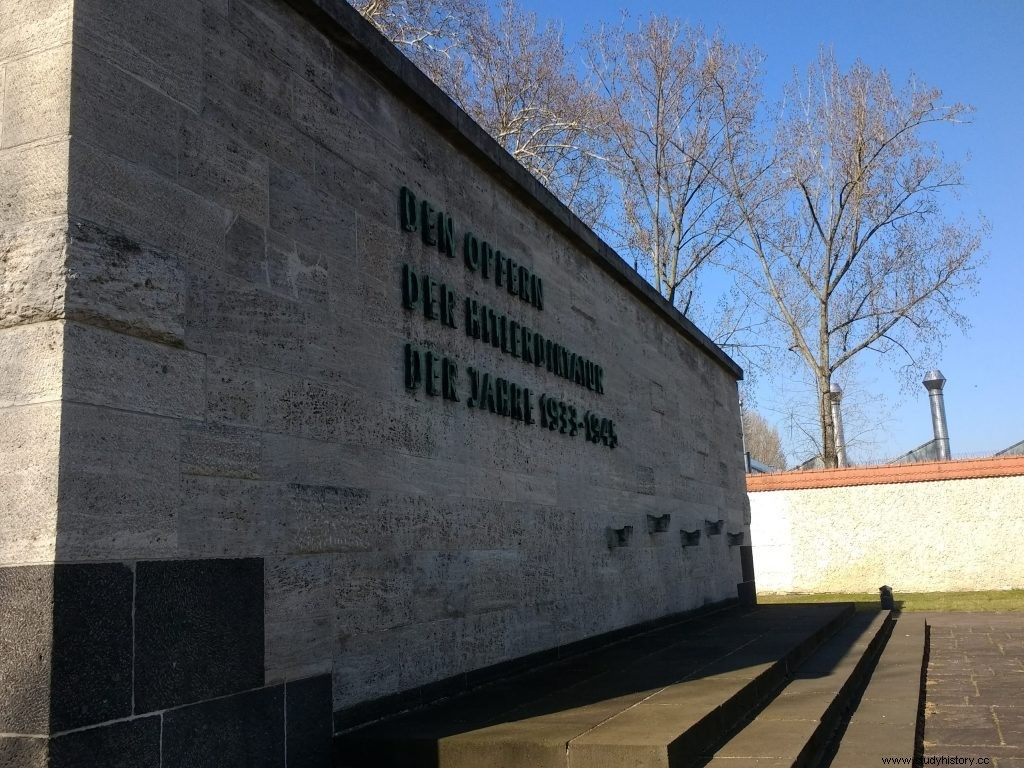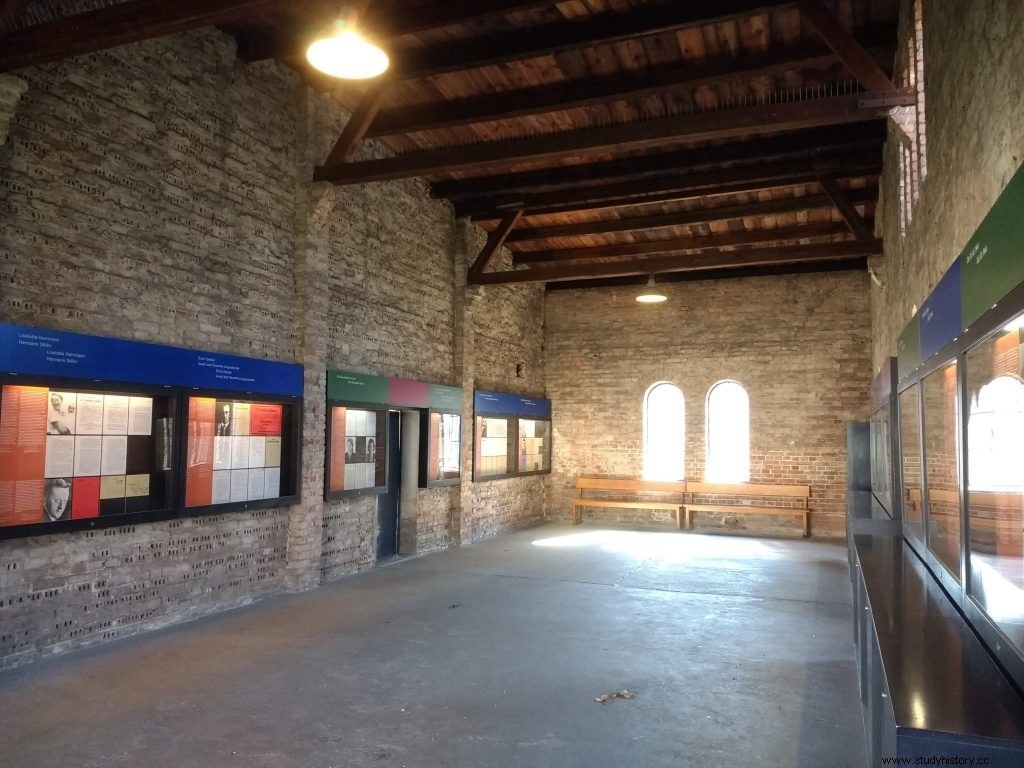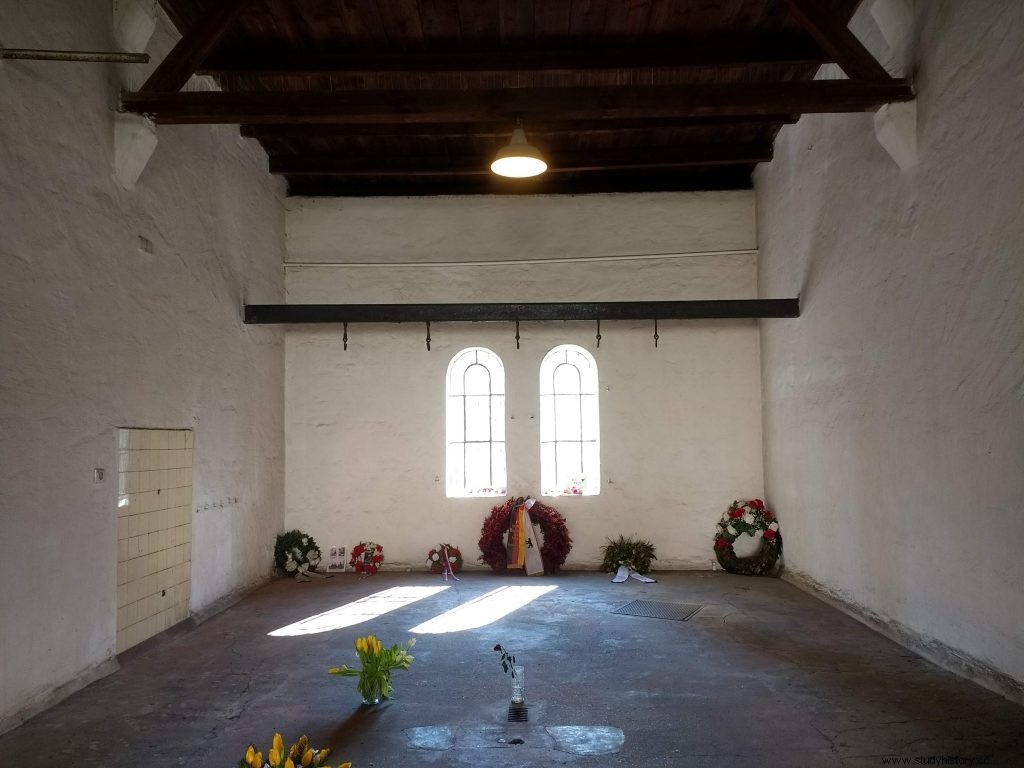In the last quarter of the 19th century, the Plötzensee prison was built north of Berlin, next to the lake of the same name. The prison was intended for prisoners serving short sentences and for whom reintegration was sought.
Between 1933 and 1945 the prison served the National Socialist regime as a prison for political prisoners. Specifically, since 1934 it was the main prison in Berlin of the People's Court, a new court system created by the Nazis where judges judged prisoners in consideration of the "will of the German people."
Many of the small number of Germans who rose up in one way or another against the regime of Adolf Hitler would pass through this prison. Above all, it was the place chosen to carry out the execution of hundreds of participants in the conspiracy of July 20, 1944, the well-known Operation Valkirya. Following the attack that nearly killed Hitler at Wolf's Lair, his headquarters in East Prussia, the coup by army officers with conservative and nationalist leanings was aborted that very night by the Gestapo and the SS. The next day a virulent purge of the country's ruling classes, both civilian and military, began.
How to get to Plötzensee Prison
The Plötzensee prison memorial is located in the Tegel district. To get there, the most comfortable way is to take the 123 bus from Hauptbahnho central train station f to the “Gedenkstätte Plötzensee” stop. To know the schedules and routes, you can consult the following LINK.
Memorial opening hours
Admission is completely free and free.
- March-October – 9:00 a.m. to 5:00 p.m.
- November-February – 9:00 a.m. to 4:00 p.m.

Visit Plötzensee Prison
Next to the Plötzensee prison still in service, a small memorial has been created in memory of the victims executed there. Specifically, the old rooms used for executions during the Nazi era have been used as a place to place a small informative exhibition on the matter.

In this prison it was common to execute prisoners by hanging with piano strings. The execution room is today a memorial space where offerings are made to the victims.

